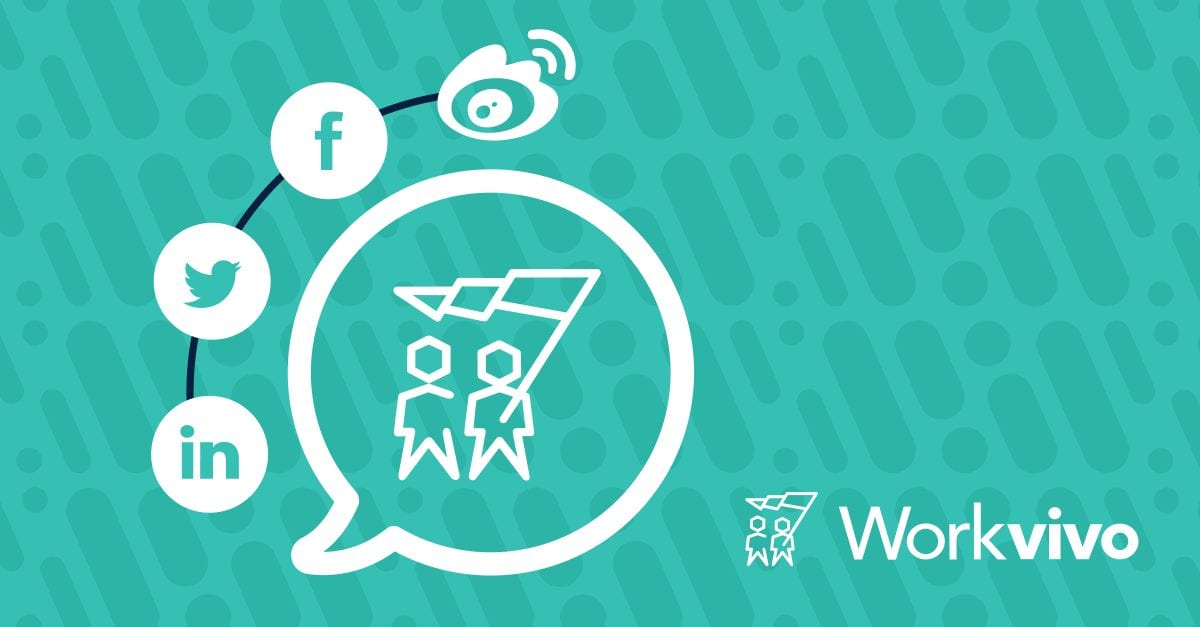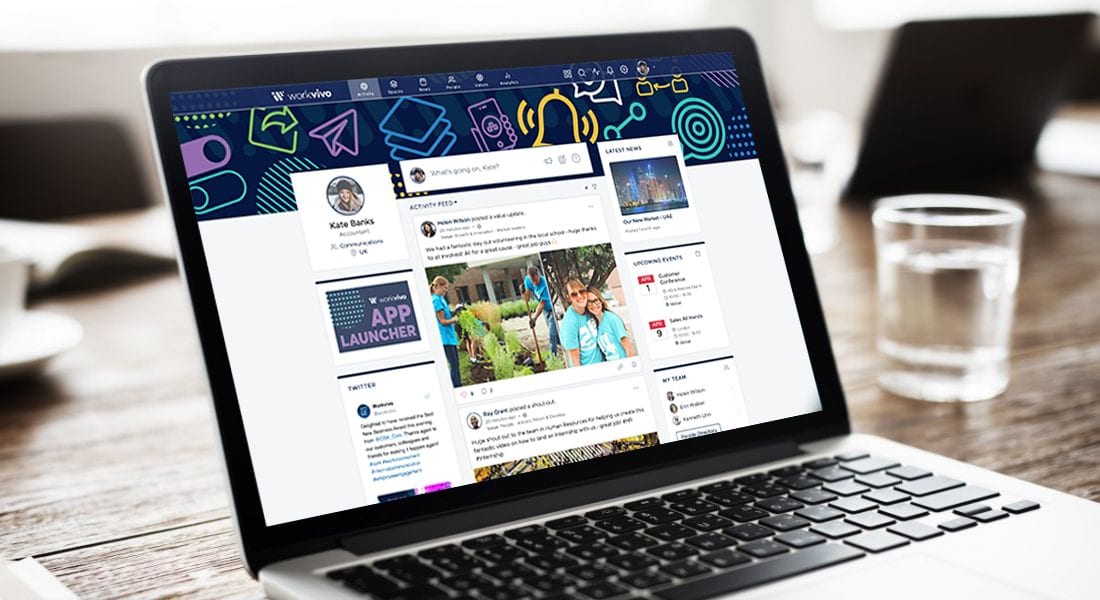Workvivo Blog



























3 Ways To Recruit and Retain Drivers: Employee Experience, Engagement & Branding
In this article, I’ll look at how a focus on the three Es – employer branding, employee engagement, and employee experience – can help with the recruitment and retention of drivers, with quick tips on each one.




Top 10 Company Values in 2024 (& Beyond)
Defining your company values can be a confusing and overwhelming endeavor. There are lots of advice articles online – and lists of ‘core company values’ ranging from 56 to more than 250. Realistically, most companies can only claim a handful or so core values. Beyond that, employees rightfully start to question your commitment and authenticity.

How to Create a Meaningful Internal International Women’s Day Campaign
Fast approaching on March 8, International Women's Day (IWD) is seen as one of the biggest employee engagement days of the year. So what can employers do to ensure their internal IWD communications are truly meaningful and not just lip service?




How To Engage Colleagues To Build Community in the Workplace
Everyone in a company plays a part in building community, so it can be helpful to think about engaging folks at different levels of leadership. In this article, we’ll explore how people leaders can engage the following groups of folks to actively build community: executive leadership, department and team managers, and the entire workforce.







How To Make the Business Case for an EX Platform [+Free Template]
Employee experience is at the heart of many crucial challenges facing today’s employers, from productivity and wellbeing to quit rates and employer branding. Investing in an employee engagement and experience platform – a centralized place to inform, collaborate, and engage with everyone in your organization – can help.











How To Get Started on Employee Experience
Because of the broad nature of ‘experience’, EX can feel daunting, complex, or ethereal, with many companies not really knowing what it is or where to start. To overcome this overwhelm, Simon Rutter has identified five possible ways to get started on employee experience.

6 Things I Learned at Ragan’s Future of Communications Conference ’23
Looking back on 2023, one of the highlights of my year was going to Ragan’s Future of Communications Conference in Austin. It was super exciting to see 500 communicators come together and talk about some of most important trends affecting teams around the world, from hybrid working and employee recognition to AI and crisis comms.


How To Nail Your Year-End Internal Comms
As the end of the calendar year draws ever closer, the time has arrived for professionals to begin drafting their year-end internal comms. But with ‘silly season’ taking hold, it can feel as though we’re fielding endless content requests with only a dwindling number of days left to communicate. Here, Caitlin Kirwan explores what content should be included in your end-of-year messaging, and how to communicate it.

10 Signs of Bad Leadership in Your Company (and What To Do To Improve)
Good leadership is vital for organizational health and success. So why is it so hard to find?
No employee wants to deal with an ineffective leader with poor communication skills. But it can be even more concerning if you’re a CEO or high-level leader trying to change the leadership culture in your organization.
Today, we’re going to look at 10 common characteristics of a bad leader, offering guidance on each one. Then we’ll show you actionable steps you can take to change the leadership culture at your company. With these strategies, you can shape, train, and equip your managers to become the effective leaders your organization needs.


What Can We Learn From The World’s Best Companies Of 2023?
Earlier this Fall, TIME partnered with Statista to publish a list of the World’s Best Companies of 2023, ranked on a formula of revenue growth, employee satisfaction, and ESG data. We’ve looked at the top 5 companies to explore what they have in common, and what we can learn.

Exploring Modern Intranet Systems: What Are They and How Do They Work?
Today, 97% of employees agree that communication tools and channels are key to creating a successful digital workplace – and when it comes to keeping employees in the loop, few tools are more valuable than a modern intranet solution.

2 Critical Factors For Communicating With Healthcare Workers
Effectively communicating with healthcare workers is often the key that unlocks increased engagement, improved collaboration, and better patient outcomes. But there’s a catch – healthcare workers are notoriously hard to reach with traditional comms channels. This blog post explores the two essential factors that every internal communicator working in the healthcare industry needs to focus on.
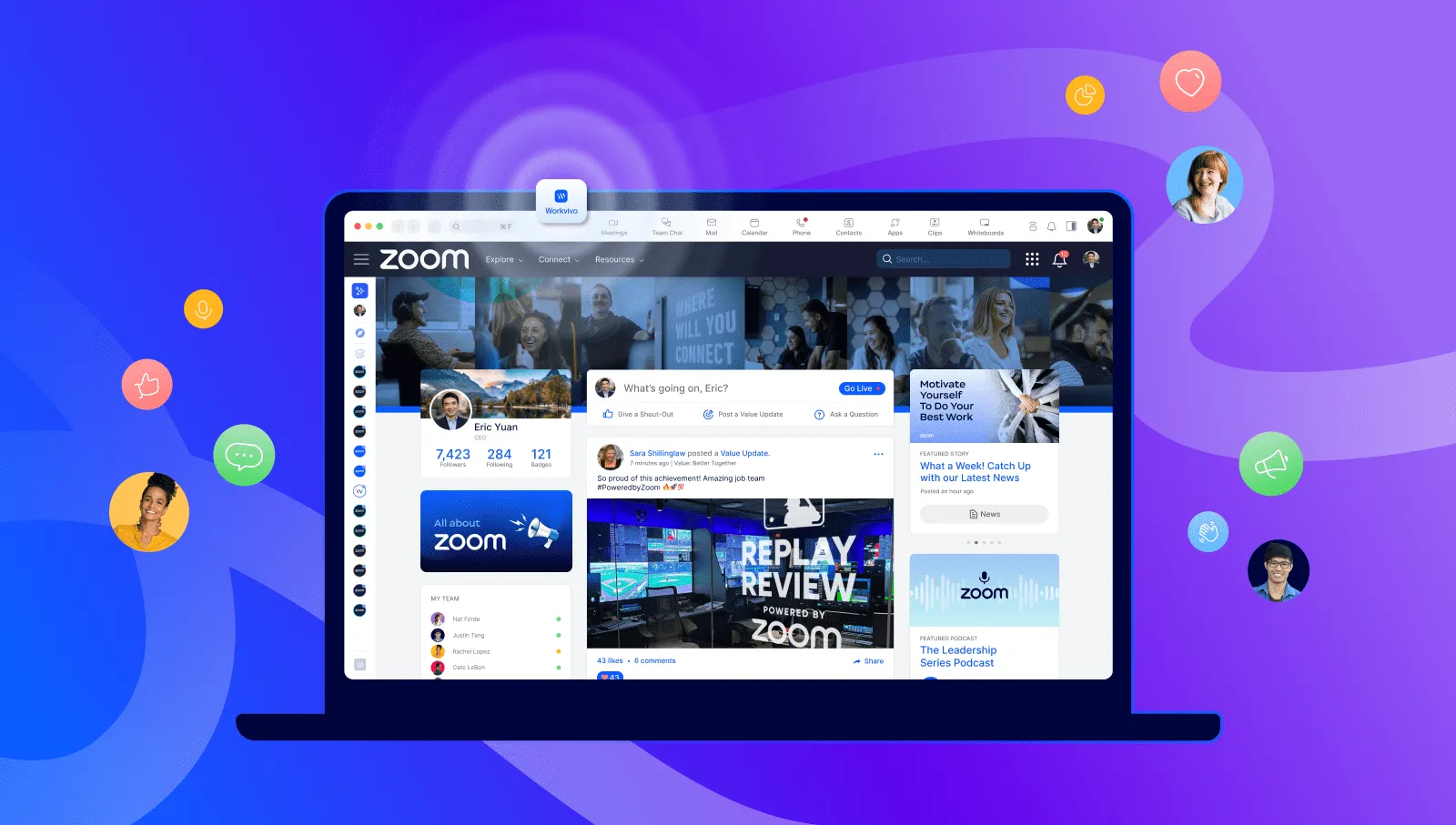




Engagement Is the North Star of a Great Employee Experience
There are hundreds of ways of making employees happy. But if you want to weave together the aspirations of your employees and the success of your organization, engagement is the number one thing to prioritize. This is the key ingredient for a truly great employee experience.

How Company Culture Impacts Organizational Performance
As employee experience and HR professionals, we talk a lot about the importance of building a positive company culture that promotes employee engagement. But it’s often helpful to have something a bit more tangible to help justify the return on investment (ROI) and quantify the real impacts that organizational culture has on employee performance.







Do Dress Codes Help or Hinder Employee Engagement?
The recent dress code debacle at the US Senate left me pondering the impact that dress codes can have on employee engagement. Does specifying a dress code or having a uniform positively or negatively affect engagement? Can dressing in a similar way help to unite a workforce and build a sense of community, or do employees feel disempowered by being told they need to dress in a particular way?








How Employee Pulse Surveys Drive Engagement and Build a Better Workplace
Organizations are great at giving feedback to their employees, and most have some mechanism in place to provide it on a regular basis (like annual performance evaluations). And that feedback makes a difference for employees: Gallup finds that 84% of highly engaged employees say that getting feedback is a critical contributor to their engagement level.

How To Increase Engagement With Your Virtual All Hands
Hosting virtual All Hands and Town Halls has become commonplace in the post-COVID working world. But there’s no denying that it can be much more difficult to achieve the same level of participation and engagement as the in-person events that preceded them.







How To Set the Benchmark for Excellence in Internal Communications
If you want your employees to feel informed and in control, you need an internal communication strategy. This internal communication plan will ensure that everyone is up to date on what’s going on within the company, from changes in policy to new product releases.

Engaging and Communicating With Airline Employees
t’s no secret that employee engagement is a tough nut for airlines to crack. With more than 3.6 million global employees across a hugely diverse range of occupations, there are a number of challenges when it comes to engaging and communicating with airline employees.


10 Real Company Intranet Examples for Different Industries
We’ve written a lot about the limitations of old-fashioned company intranets. We understand modern businesses need something different to bring their company together in one place. Today’s digital workplace is looking for improved employee engagement and a company culture to be proud of.







3 Strategies to Improve Employee Engagement in Healthcare
There are few industries where employee engagement is as important as it is in healthcare. Research shows that increasing the engagement of hospital workers by just 1% leads to a 7% reduction in patient readmissions and a 3% reduction in hospital-acquired complications.










5 Remote Team Management Tools for Enhanced Communication
Fostering communication among remote workers is often easier said than done. A study from Axios on the 2023 State of Workplace Comms showed that only 46% of employees feel they’re getting the communication they need from leaders to do their job well – and these employees also say they can’t quickly find the goals, directives, and insights they need.

8 Business Communication Software for Increasing Collaboration
Communication and collaboration are two business buzzwords that are often thrown around, but for good reason: they’re incredibly important for organizational success. Communication refers to sharing knowledge and information. Collaboration is an action – taking that information and putting it into practice.

How To Manage a Successful Distributed Workforce
A distributed workforce has the potential to benefit your organization in several ways. Ideally, you’ll enjoy increased access to top-tier talent and fresh perspectives, helping your business grow. But too often, distributed teams experience the kind of communication breakdowns that can play a major role in hurting their brand. What’s the best workforce management solution?

When Done Right, Hybrid Working Benefits Both Sides
It’s no secret that employee priorities have been shifting over the past few years, and flexibility has become a non-negotiable for many. That’s why hybrid working has been so widely received after the pandemic; when done right, hybrid working benefits people who have at-home commitments, people with neurodiverse and physically diverse abilities, people who don’t want to travel long commutes, and more.

How to Communicate Purpose, Strategy & Values with Employees
More than 2,000 internal communication and employee experience professionals from across the world contributed to Gallagher’s 2022/23 State of the Sector Survey. The report revealed that for the sixth year in a row, the top priority for 51% of organizations was to effectively communicate purpose, strategy, and values with employees.


What To Look for in an Employee Communications Software (+3 Options)
RingCentral’s Connect Culture Report shows a strong link between good employee communication and productivity. The report also shows that adopting a more connected culture will lead to more productivity and an increase in employee wellbeing. But to move toward a cohesive communication strategy in an increasingly deskless world, you need the right internal communications software to support it.

7 Best Employee Communication Apps
Healthy communication among employees is absolutely crucial for any business that wants to survive. According to The State of Business Communication 2023 report by Grammarly Business, the top impacts of poor communication are hindered productivity and lost business – two things you don’t want to experience.

Hand-in-Hand: Employee Experience vs Employee Engagement
Whether it’s large conglomerates or small startups, employee engagement and experience are key drivers of success. However, while the terms are often used interchangeably, they possess characteristics that set them apart. Here’s our guide to employee experience vs employee engagement.




8 Ways To Keep Your Executive Team Engaged With Your EX App
You’ve carried out your audit, clarified the criticality of internal communications, and identified the tools that are going to help you bridge the gaps in your employee experience – what now? If we had to guess, we’d say your next big hurdle is probably maintaining that initial buy-in from your executive team.
You’ve carried out your audit, clarified the criticality of internal communications, and identified the tools that are going to help you bridge the gaps in your employee experience – what now? If we had to guess, we’d say your next big hurdle is probably maintaining that initial buy-in from your executive team.









9 Proven Ways To Improve Company Culture
Company culture encompasses the values, beliefs, and standards important in a workplace – in other words, how you do what you do. A strong organizational culture is important because it keeps your employees engaged, satisfied, and productive, benefiting the customer experience and your overall bottom line.


Making Waves: The Power of Watercooler Conversations in the Workplace
Watercooler conversations – when employees casually chat during a quick, informal work break – are a helpful way to boost company culture, improve employee collaboration, and create a healthier and happier work environment. As your employees connect over these casual, day-to-day conversations, they’ll begin to work together more effectively, leading to greater productivity

The Impact of Candidate Experience on Employee Retention
Employee experience doesn’t just start once you’ve hired someone – it begins as soon as you start to engage with potential new hires. That’s why candidate experience is so crucial to get right. Thankfully, accountant-turned-writer Arjun Ruparelia is here to show us how.


DEIB: The Future of Work
Many of today’s organizations are growing more and more intentional in their efforts to create an inclusive, healthy workplace culture. You’re already familiar with terms such as diversity and inclusion, and you might even have a DEI coordinator or a similar position on staff.


How To Run an Effective Ad Hoc Meeting
Meetings have a reputation for being disruptive at work – and none are more notorious than the ad hoc meeting. According to a survey by Korn Ferry, 67% of people say that spending too much time in meetings and on calls distracts them from making an impact at work.













11 Proven Strategies To Reduce Turnover in Your Organization
In 2022, the average employee turnover rate across all industries in the U.S. was 9.31%. Turnover was especially high in major cities, including San Francisco, Palo Alto, and Boston, and experts anticipate that turnover rates will continue rising throughout 2023, possibly increasing as much as 20%.


How to Write Compelling Employee Profiles
For your business to succeed, you need your employees to be engaged. They need to be productive. They need to stick around for the long haul. And the answer to all of these problems just might be employee profiles – documents that contain all the information you need to know about your team so you can create the best workplace possible for them.



7 Asynchronous Communication Tools That Boost Employee Engagement
Asynchronous communication is a big part of the new way we work.
It can boost efficiency, wasting less time and working hours preparing for (and sitting through) in-person or virtual meetings that eat up the workday. It can also streamline team collaboration and improve the work environment. When people can engage at their own pace rather than respond immediately, they can focus more peacefully on deep work.

How a Social Intranet Can Boost Employee Connections and Empower Your Team
Company intranet solutions have been around since the 1990s. But today, modern intranet solutions are becoming more powerful and sophisticated, incorporating brand new features like social feeds and improved search capabilities to make the workplace better for everyone.





11 Intranet Best Practices to Boost Engagement
Not everyone loves their employee intranet.
Perhaps you can identify with the frustration of having spent thousands on legacy intranet setup and support, only to have your employees ignore it. Unfortunately, adoption is one of the main challenges companies face with their intranet software. Many end up sitting on the shelf collecting dust.

Communicating in Uncertain Times: 8 Tips for Getting Ahead of the Rumor Mill
Straightforwardness. Clarity. Consistency. Simplicity. Empathy. When we asked people in our community what word they felt best described successful internal communication during uncertain times, these are the ones they shared.






Employee Engagement: How To Develop Your Action Plan (+Free Template)
Employee engagement is the rocket fuel that powers every successful business. According to Gallup, engaged employees are more productive, have lower absenteeism rates, and are more invested in the company’s success. Plus, low engagement rates are estimated to cost US businesses up to $550 billion annually.









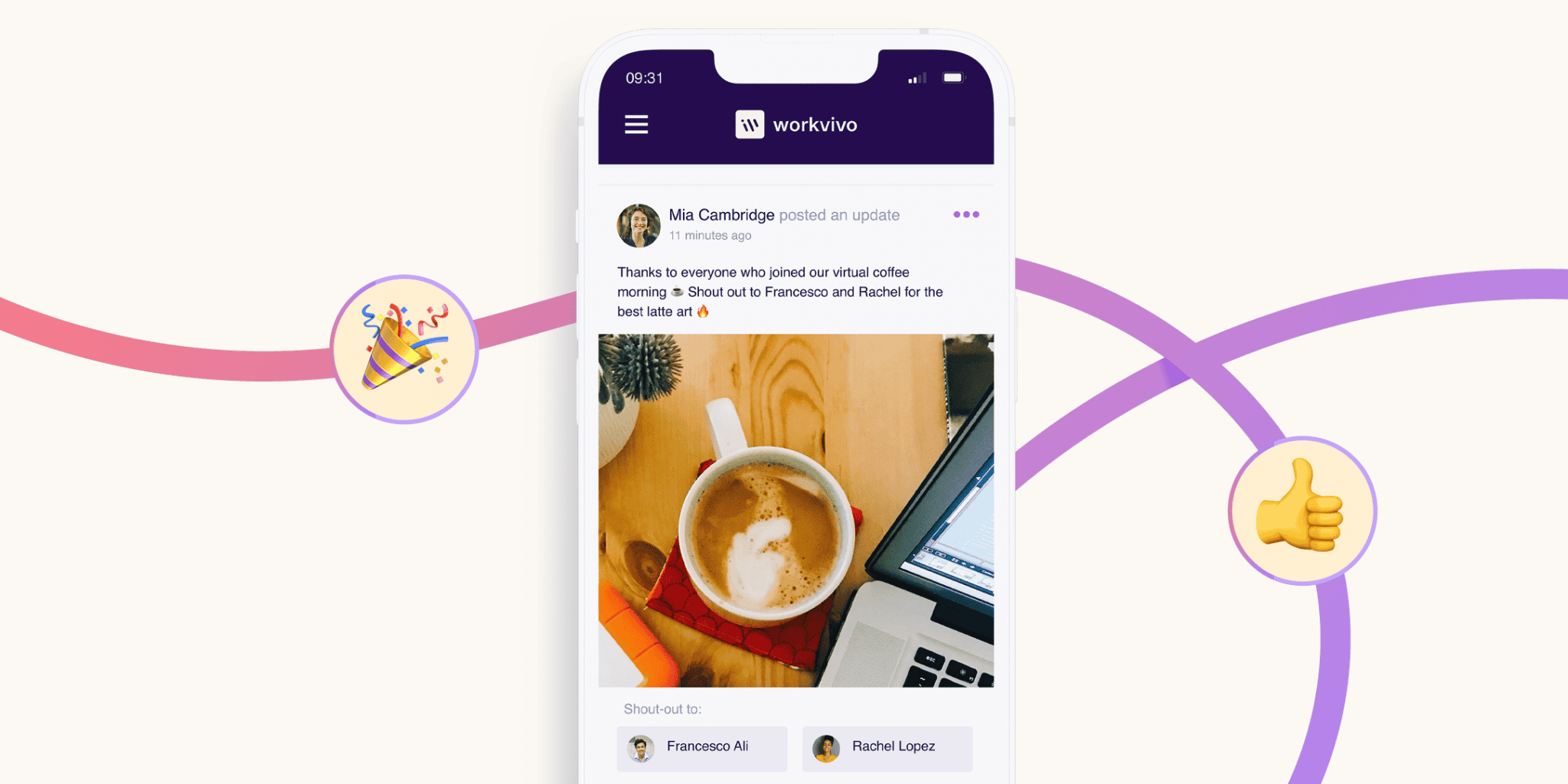

The Pros and Cons of a Four-Day Week (Chubby Ankles Aside)
If you put it to Ross Gellar, he’d probably tell you the five-day week simply ‘isn’t Rachem’. Thankfully, the real-life arguments – that the four-day week can boost productivity but also increase stress – are much more articulate.


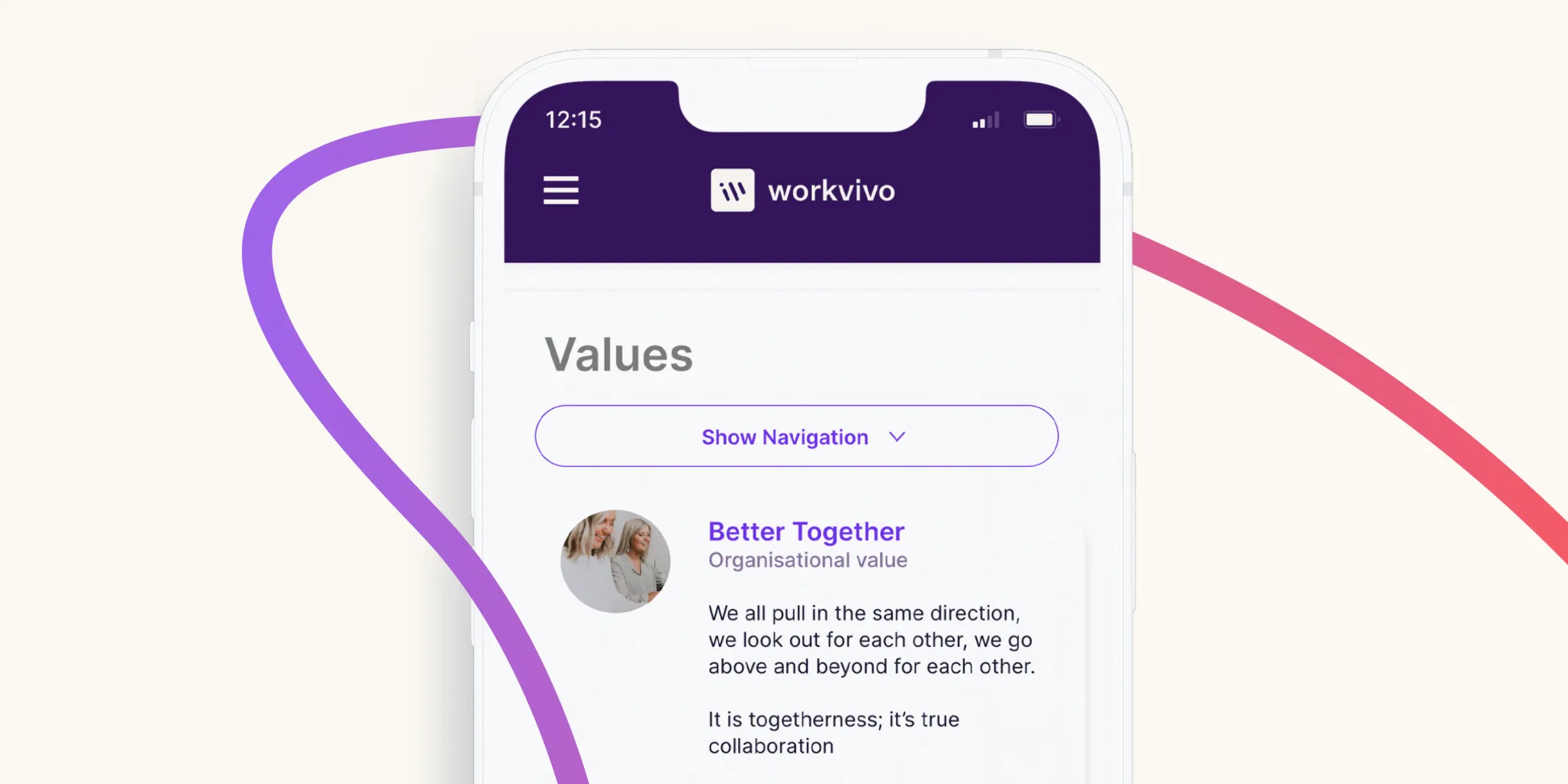


































“I Truly Believe in the People” – Gillian French on Joining Workvivo
It was 2018 when I first met John Goulding, CEO of the newly founded startup Workvivo. At the time, I was working as a Chief People Officer in a growing company and had dealt with countless pitches from HR tech companies, each one boldly professing to improve the employee experience for everyone.





6 Ways a Social Intranet Outperforms Traditional Intranet Software
Your company has spent hundreds of thousands of dollars setting up a legacy intranet. You’ve splashed out on consultants to build and customize the intranet, IT staff to maintain it and offer support, and the necessary infrastructure to host it on company premises.








CIOs take center stage in shaping the future of work
Once seen as having a supporting operational role, CIOs have now moved center stage in shaping the future workplace. The pandemic has undoubtedly put CIOs, and IT teams firmly in the limelight as they help businesses navigate the crisis.

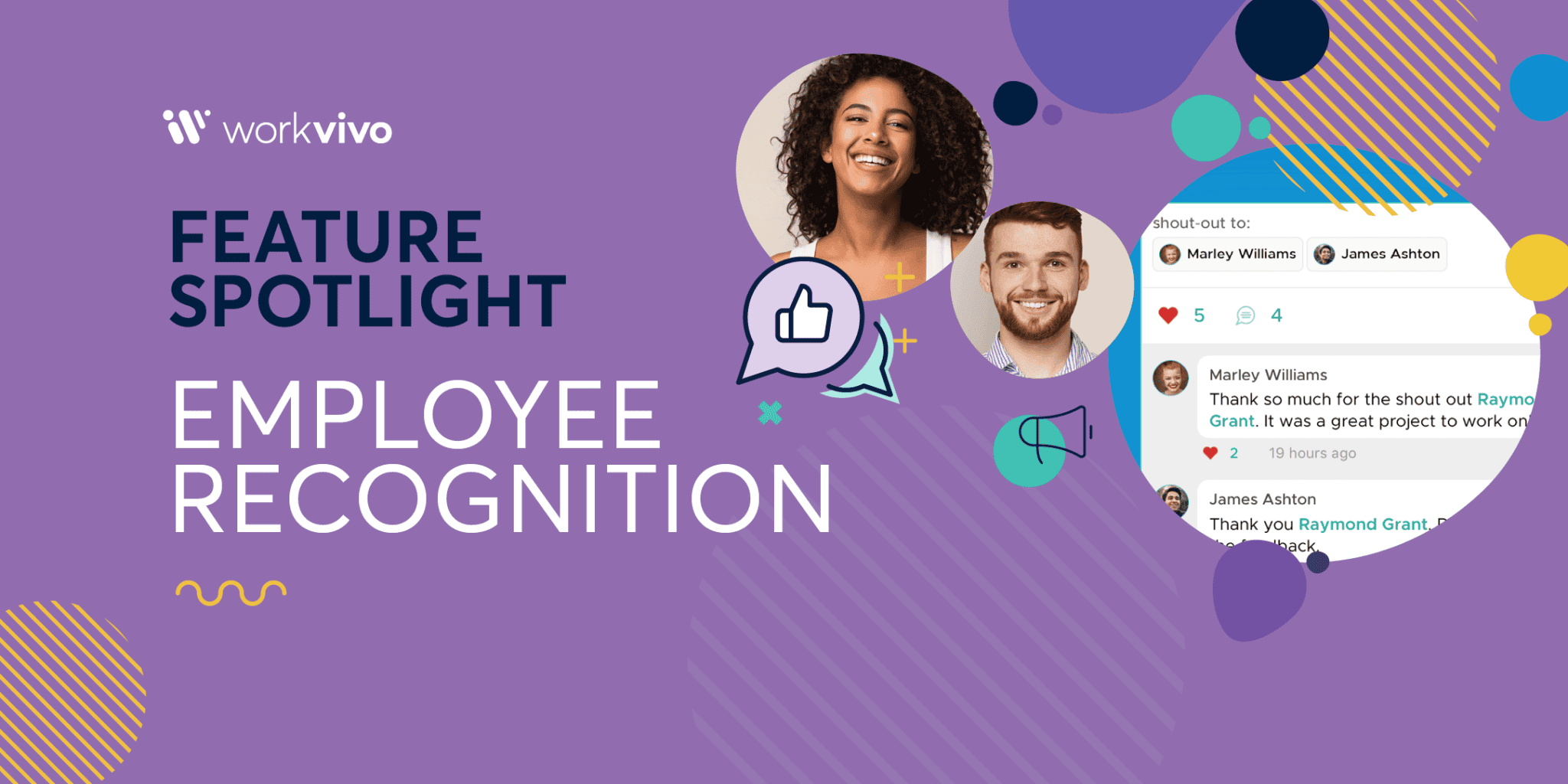

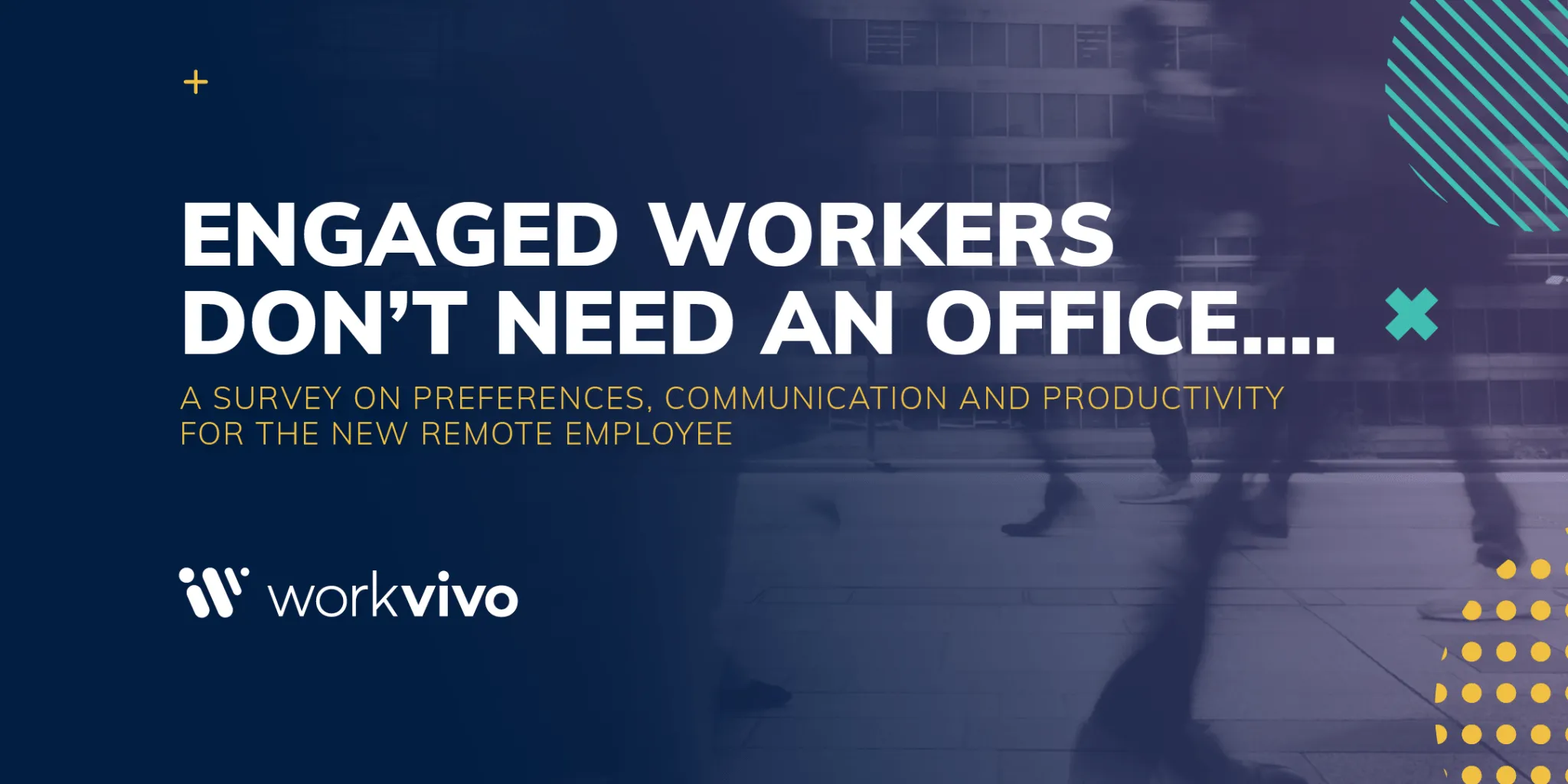

Why CIOs and IT Teams Should Push for Strong Employee Communications Solutions
Almost a century after the Digital Revolution, we are in the midst of a digital evolution. But where the former ushered in profound changes for the global workforce as technology shifted from physical machines to electronic devices, the latter has happened almost overnight and its impact on how and where we work will have huge consequences for the future of almost every company on the planet. Yes, that includes yours.
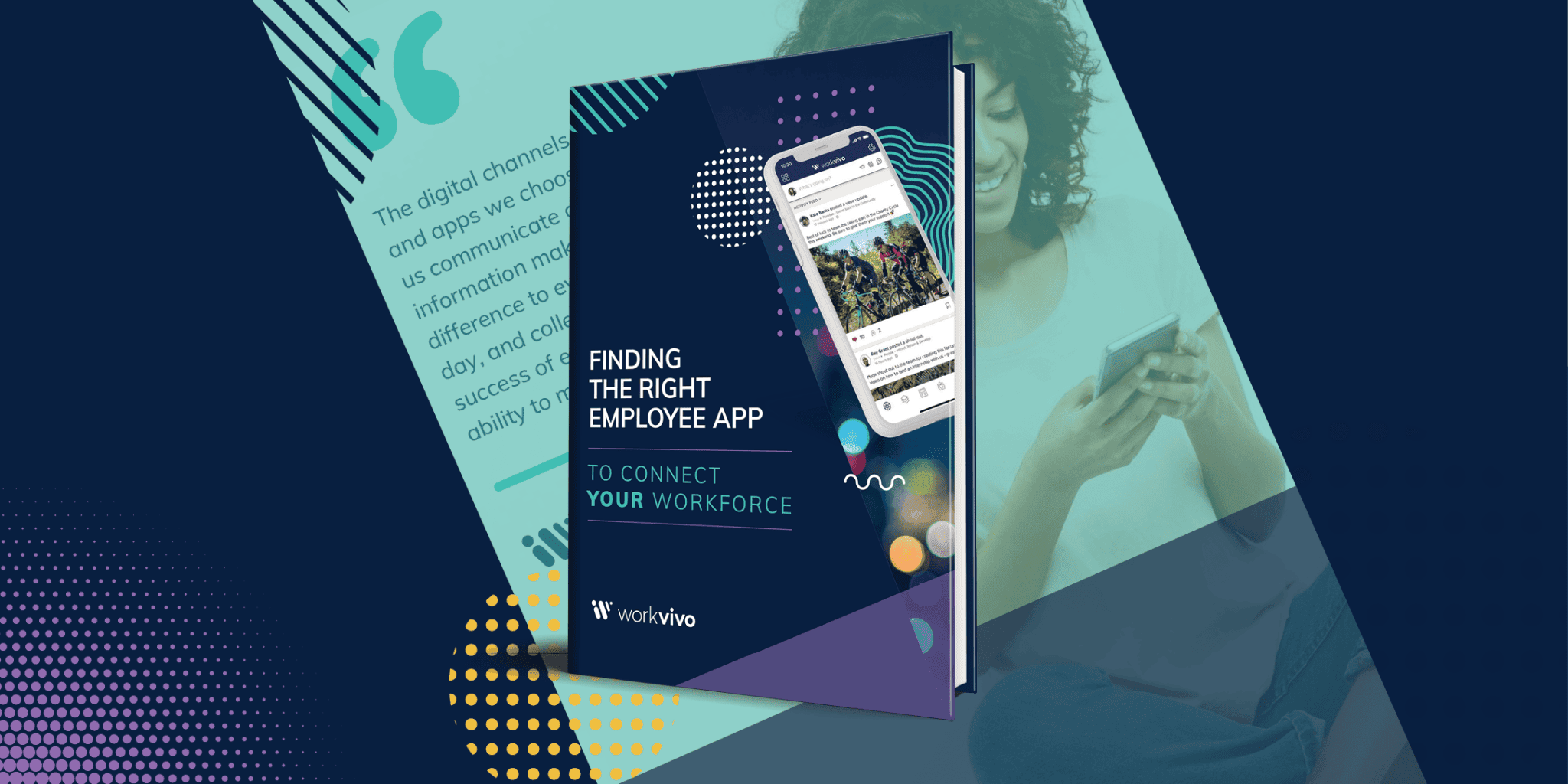
Everything You Need To Know About an Employee App (Infographic)
What makes an employee app one of the best internal communication channels in the world?
“There really is no magic about it – it’s merely connection of the entire workforce that may be miles or oceans away without constraint.” says John Goulding, Workvivo CEO and Co-Founder.

A Complete Guide to Upgrading your Intranet (Infographic)
Does this sound familiar? Your organization wants to rethink its intranet, but even the word intranet in conversation strikes shivers into the rest of the team. What’s been implemented a long, long time ago is a barren wasteland for content and has left a damaging impression across the rest of the company, from executives to front-line employees.

Exploring the Psychology of Remote Working: Insights on how to Adapt
There’s no doubt remote working has now moved into the mainstream. The Covid-19 pandemic has forced many businesses to start working from home in large numbers and at short notice. And with the likes of Twitter announcing that staff can continue working from home ‘forever’, it’s clear remote working is here to stay. But how is it affecting employees and leaders? And what do businesses need to do to adapt?
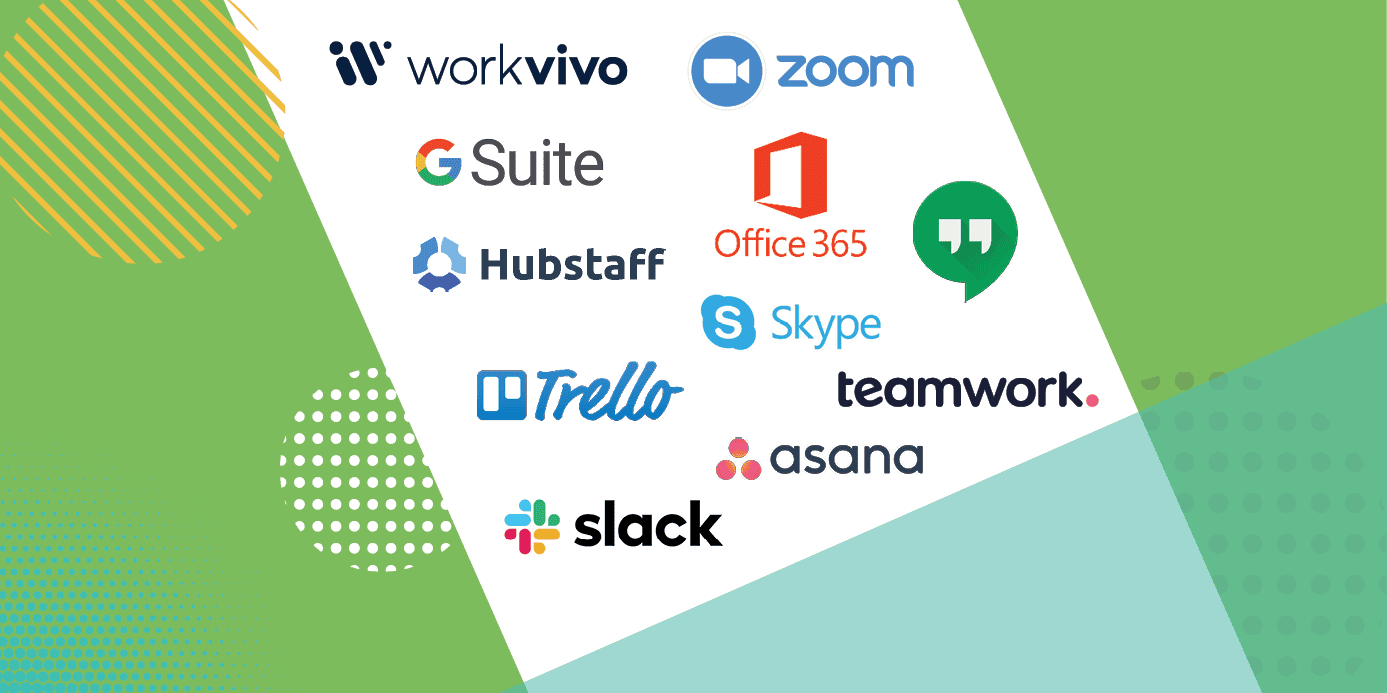
12 Remote Work Tools to get you through the Covid-19 Crisis
The Covid-19 pandemic has expedited a previously increasing worldwide trend of employees working remotely. A Swiss study published in 2018 found that 70 per cent of professionals worked from home at least once a week. Undoubtedly, remote work has much to offer both employers and employees. No commuting, increased flexibility and a better work-life balance typically appeal to workers. For businesses, reduced overheads and office costs along with a happier workforce.



Working from Home: 7 Tips to Stay Happier, Healthier and More Productive
We’re living in extraordinary times where our homes have become our offices. At first, the transition from workplace to home was an uphill battle for my personal productivity levels. This motivated me to explore the insider tips and tricks that remote workers have been using for years and I could incorporate into my own daily routine.

The Importance of Being Present in the Future of Work
A few short months ago, a normal Monday dawned and millions of people across the world woke, showered, dressed, and left for work. We crammed into buses and trains, and drove cars on packed roads, all making our way to various buildings in which we toiled for the greater part of our day.

